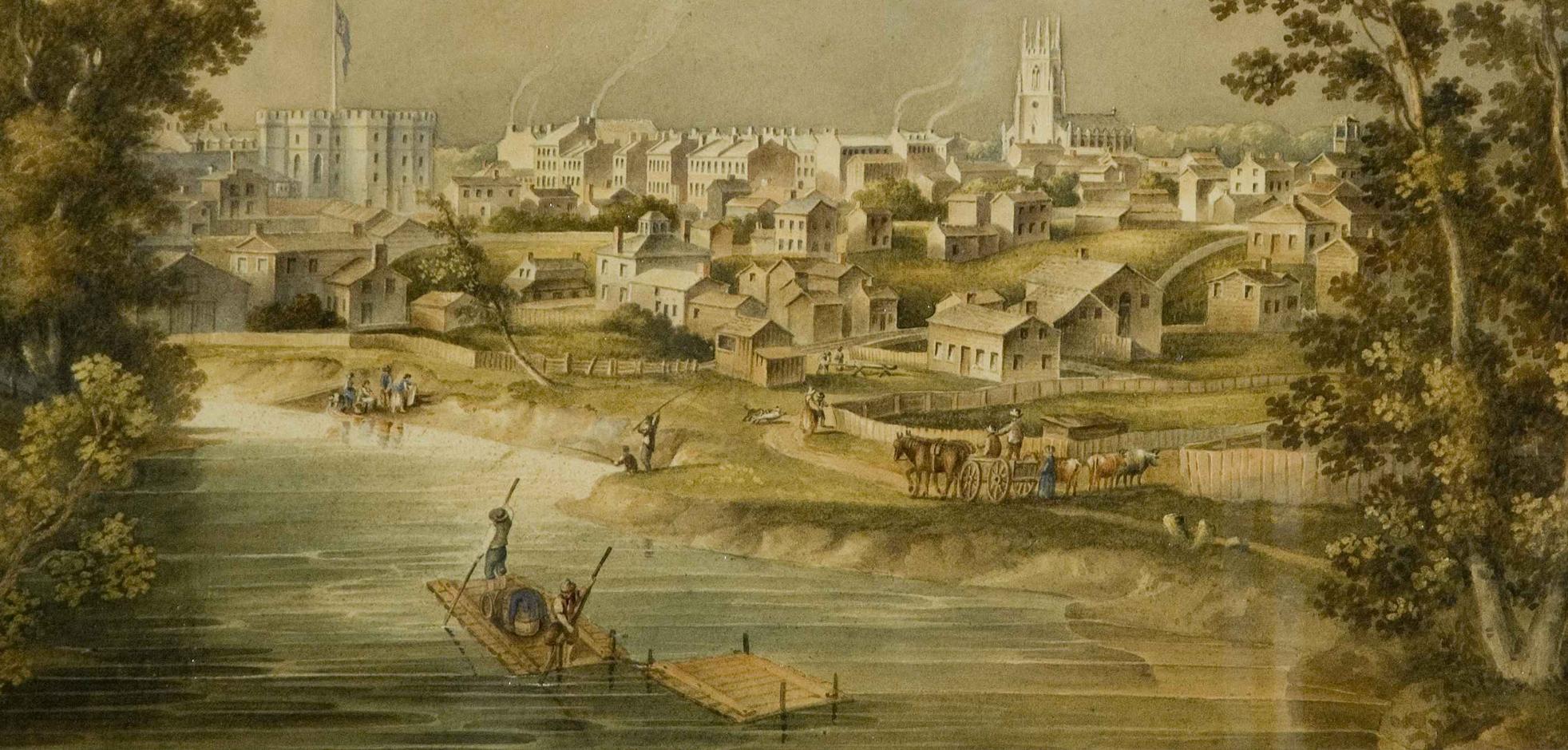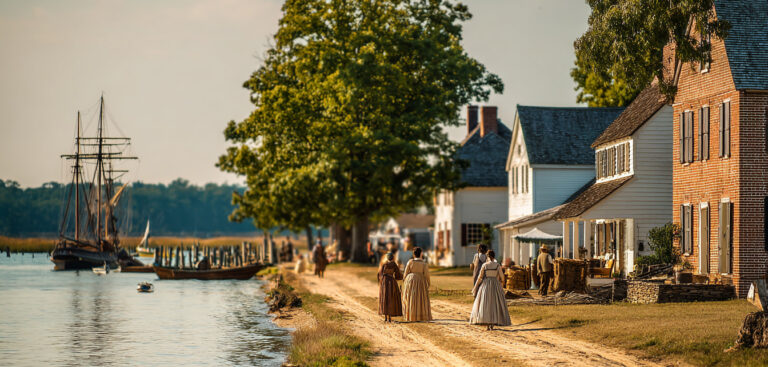
Guide to Ontario, Canada, by Lorine McGinnis Schulze
The settlement of the Canadian Province of Ontario began in earnest following the American Revolutionary War. As most U.S. genealogists know, thousands of Loyalists left our new nation after the British surrender at Yorktown in 1781, for the shores of Lake Ontario and the St. Lawrence River in Canada. Until that time, and the with notable exception of Father Marquette on the border of Canada and Michigan in 1668, the Province of Ontario was largely wilderness. After the War of 1812, the Loyalist generation was joined by waves of emigrants from Great Britain. In the year 1833 alone, over 66,000 Brits arrived. The Irish Potato Famine incited massive numbers of desperate Irish to arrive there between 1845 and 1849, followed by immigrants from the U.S., Germany, France, and the British Isles in the 1860s. Similar to the U.S. experience during the late 1800s and early 1900s, Ontario enjoyed an influx from Eastern and Western Europe, as well as Scandinavia.
Researchers can read much more about Ontario history and genealogy in Lorine McGinnis Schulze’s contribution to our “Genealogy at a Glance” series, “Ontario, Canada, Genealogy Research.” For example, did you know that Ontario immigrants often disembarked at U.S. ports prior to arriving in Canada? Or, that Canadian census records sometimes indicate a resident’s religious faith? Or, that Ontario County and Township boundaries often changed or merged, sometimes resulting in new geographical names? If not, Genealogy at a Glance: Ontario, Canada, Genealogy Research belongs on your reference shelf.
This guide—in only four, laminated pages—gives you all the information you will need to begin tracing these Ontario, Canada, ancestors. Topics covered include immigration and settlement history; ships’ passenger lists; naturalization records; Loyalists; and census, vital, church, and land records. Throughout the guide are informative tips and numerous online and print resources that will take your Ontario research in the right direction—from the get-go.
Check out these other foundational works for Ontario genealogy:
- In Search of Your Canadian Roots. Third Edition
- Early Ontario Settlers
- Ontario People: 1796-1803
- The Loyalists in Ontario
- The Old United Empire Loyalists List
- United Empire Loyalists




